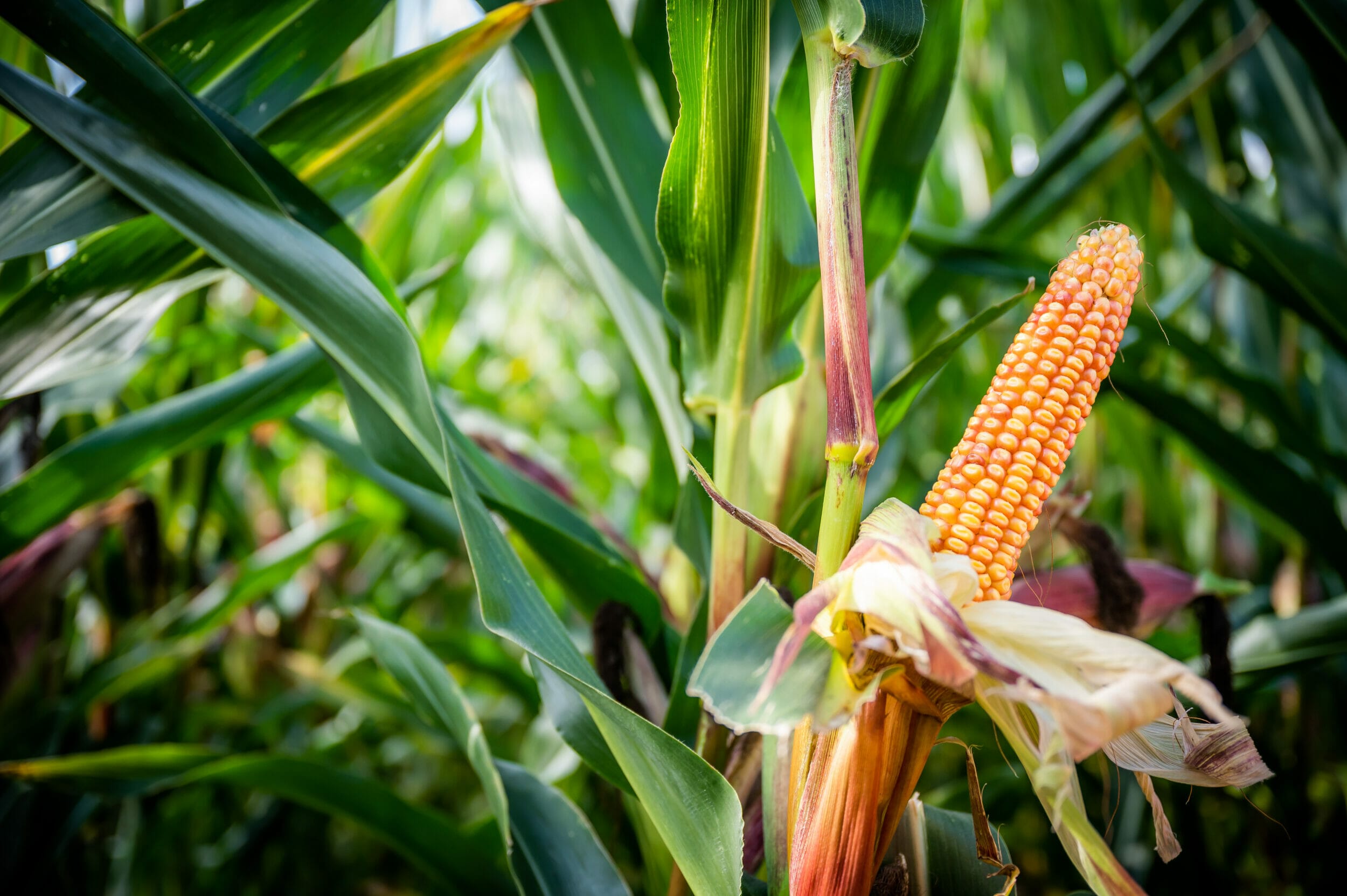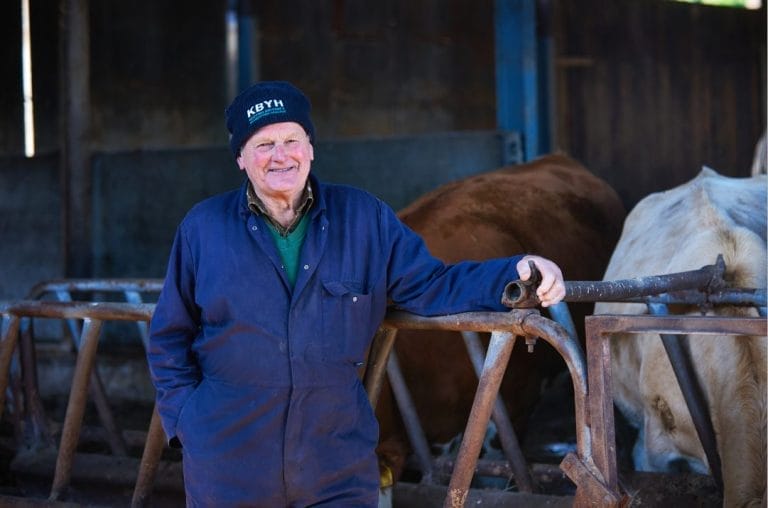Making the right decisions regarding variety, site choice, drilling date and seed treatment will all contribute to successful and rapid establishment of the maize plant. Paying careful attention to the variety is crucial.
There are a number of risks that can be managed to improve the success of the crop. These include field selection, choosing fields with a better aspect and soil type and avoiding fields more prone to suffering in a wet season which increases the risk of harvesting problems.
You want a field where the soil can be worked down to a suitable tilth and then only drill when soil temperatures are consistently at a minimum 8°C at the depth the seed is to be sown, to get the seed germinated quickly. But make sure the variety you choose is suited to the farm.”
The main variety agronomic criteria determining success are usually maturity class and early vigour. Early maturing varieties require fewer Ontario Heat Units to reach maturity, increasing the prospects that they will be harvested sooner in better conditions meaning silage can be incorporated into diets sooner too.
There is a 26-day spread between the earliest and latest maturing varieties on the BSPB/NIAB Descriptive List which can be the difference between harvesting in optimum conditions, producing a high-quality feed and struggling to get a crop in.
Go for an early variety with good early vigour to make sure it gets away quickly and matures in good time. Modern breeding techniques have effectively eliminated the traditional yield penalty seen with early varieties and feed quality is typically excellent, so there is little need to gamble on later maturing options.
Selecting for early vigour helps reduce the risk of poor establishment, by achieving rapid germination to get the crop away and growing quickly, while also minimising the risk of bird damage which will be more important with changes to the availability of the most commonly used bird repellents.
Reason continues to be a popular variety and justifiably so. It is maturity class 10 or FAO 190 and is high yielding with excellent starch and superb Cell Wall Digestibility for high ME content forage. Suitable for favourable and less favourable sites, it is a good choice for marginal locations and short growing seasons. On the BSPB/NIAB list it is harvested over 20 days sooner that the latest variety, crucial when planning getting maize into the diet.


































